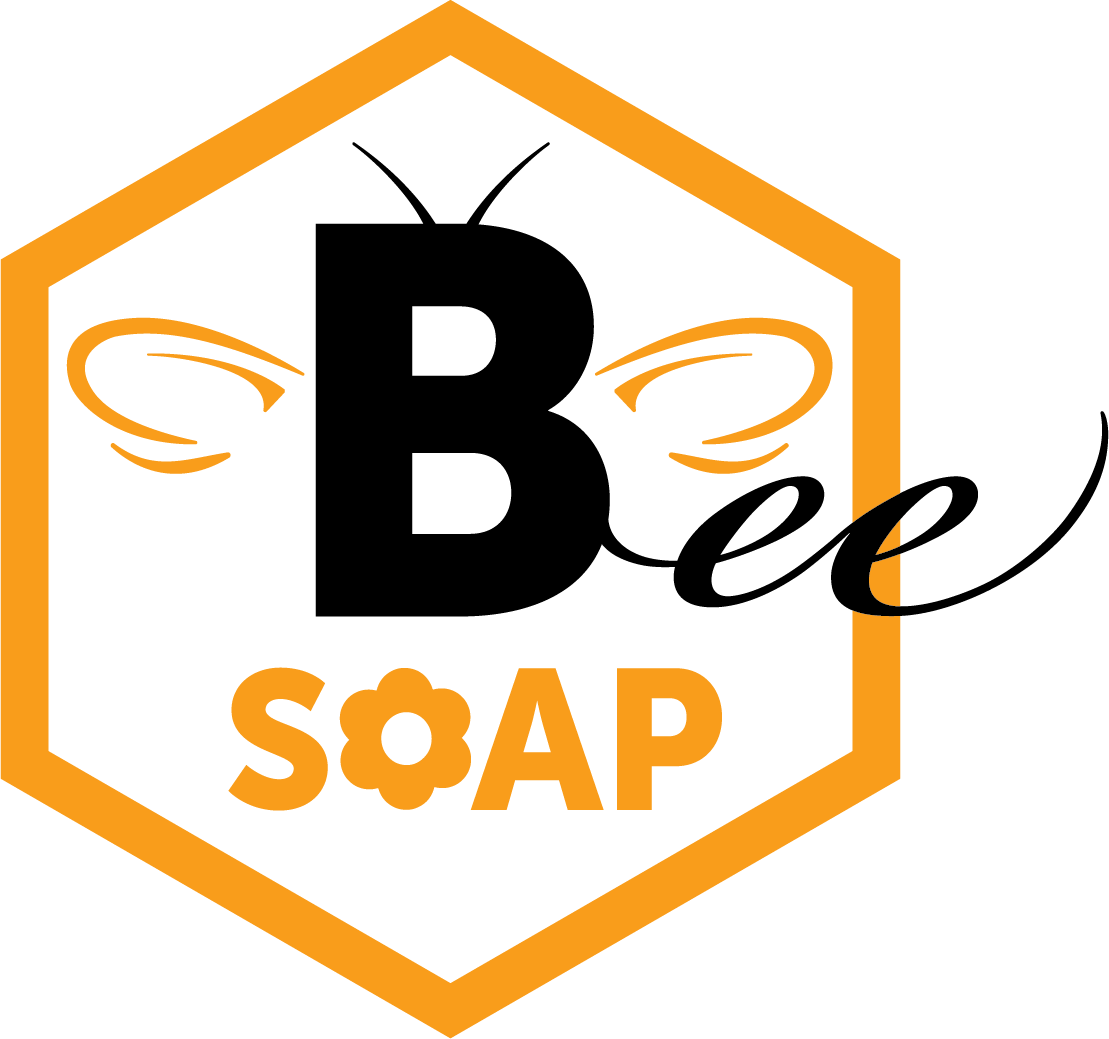The first flowers of spring are starting to appear, and that is a reminder that it’s not only us humans that are prompted to start getting out and about more. I know that a few queen bumblebees have been flying, and on the warmer days the honeybees are out and about, gathering pollen. Right now in addition to the spring bulbs flowering the willow trees are laden with pollen that is helping the bees to start raising young.

So if you are planning some additions to your garden this year, what sort of things can you do to help bees? Whether it’s solitary, bumble or honey bees they all need a source of nectar, pollen and water. Flowers that are good for this are those with simple flowers, none of the super frilly petals though as the bees cannot get in among the layers to find the flowers nectaries or pollen. Bees can only see colours in the ultra violet, blue or green range – so while we may love red flowers the bees can’t actually detect them to know they are a food source, unless they happen to have ultra-violet stripes that we cannot see. From snowdrops, to mahonia and crocus and then on through to viburnum, alliums, single roses and then tailing off with sedum (ice plant) and then to helebores and Christmas Box (sarcococca).
Pollen can also come from trees, especially in early spring the catkins of hazel or the fluffy heads of willow provide really useful protein for the start of the colony building up. Poppies are an unusual addition in this list as they do not provide nectar but are a valuable source of pollen.
Water is vital, especially in the warmer summer months. Many of you will have seen the images of pretty trays of marbles in shallow trays on social media. While the idea is nice, this water may get quite hot being shallow, and also the glass of the marbles adding to the heat. Pebbles in a tray, in a shady location would be better, or the edge of a pond with foliage for the bees to stand on to reach the water without drowning.
So you see you don’t need to keep bees yourself to be a real help to all pollinating insects, and the bonus is that it makes for a nicer garden for us to enjoy too!



